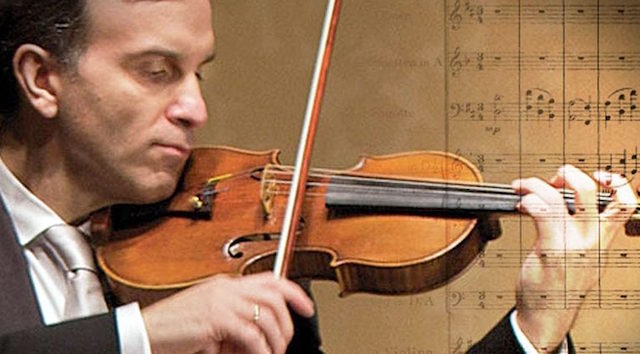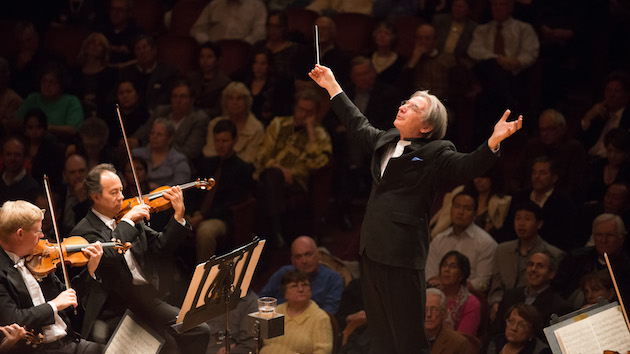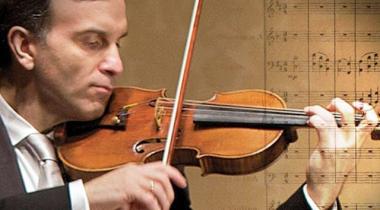
Not-so-breaking news: San Francisco Symphony can still play Mahler’s Fifth Symphony. Sunday’s performance, conducted by Michael Tilson Thomas, was predictably good.
I wouldn’t have guessed that it’s been a full five years since they last played the work.
Most of Mahler’s orchestral and choral works have been in regular rotation throughout Tilson Thomas’s tenure, and the Symphony’s in-house label steadily released the recordings through 2010. It’s also true that performances of the more straightforward symphonies like the Fifth can easily resemble each other. The composer wrote so many instructions, after all, that any performance that tries its best to heed most of them ends up being pretty good.
Still, every interpretation involves choices; on Sunday, the general unhurried feel of the last three movements was notable. The moving notes in the finale’s fugal passages were uniquely melodic, and the quotations here from the Adagietto, instead of brimming with liveliness, were basically preserved in their original character — like an old fugue’s cantus firmus, in double note values.

In the same way, movement wasn’t a particular priority in the Adagietto, itself; every term relating to the langsam (slow) seemed to go further than those (such as fließend and drängend) suggesting fluency or forward motion. But this, again, is somewhat standard in a movement that’s marked very slow, and the exaggerated delay of the recapitulation nicely tied in with the prolonged upbeats of the earlier funeral march.
The second movement, on the other hand, felt especially tempestuous. The accented offbeat figures, never relegated to the background, made the tempo pliant and even unstable, in an exciting way. Little contrasts colored the first movement’s dirge with an array of moods: the strings’ initial melody was a mere processional, but, transformed into the major later on, it bloomed.
Of course, it’s only sensible, in such long movements, to find and bring out these kinds of character changes. But if this Mahler Fifth wasn’t life-changing (at this point, whose is?) it was still thoroughly characterized and enjoyable. On Sunday, solos from principal horn Robert Ward and tuba Jeffrey Anderson were especially graceful, and in their second movement solo, the cello section moved with the expression of many but the consensus of one.

Violinist Gil Shaham came to play the Berg Concerto, which he last played here in 2009. Since then, he’s been back several times, and whatever he brings — in recent years, Prokofiev and Mozart — he plays excellently, while looking like he’s having a blast.
In the legato melodies peppered with left-hand pizzicato notes, for example, he so completely connected the bowed notes that it sounded like a calm duo. It was the same with the double stops. Despite numerous string crossings, there were no spaces between the melody notes; with my eyes closed, I might have guessed he was playing with a baroque bow.
The orchestration is often thick, but even as he rose above it, Shaham’s sound never pressed. All was beautiful: rapid bow changes in the beginning of the Allegro flashed by without effort or angst, and the Allegretto’s waltzes, with buoyant upbeats and gentle landings (especially remarkable in the false-harmonics later on), sounded uniquely sunny. In fact, if I didn’t associate the Berg solo work with the Mahler prior to the performance, listening to this Viennese dance forged a sonic connection between the two composers — something unexpected, after all.




